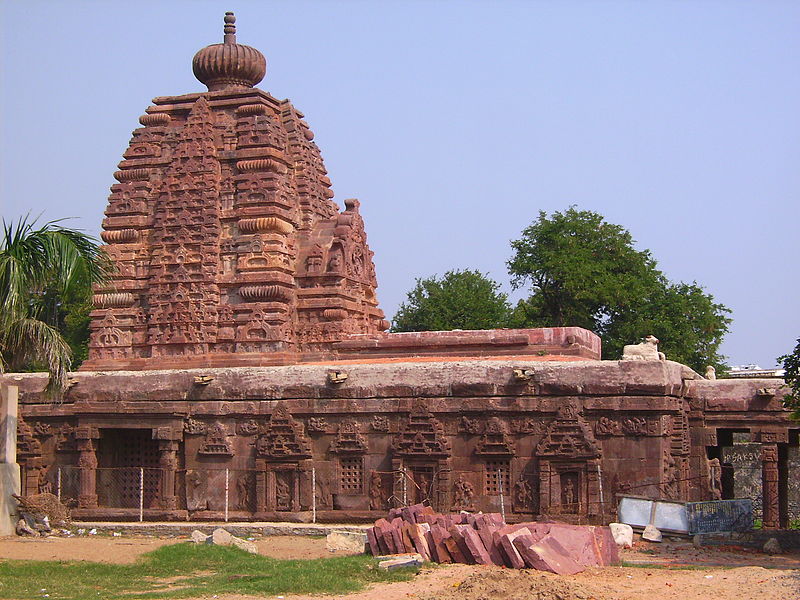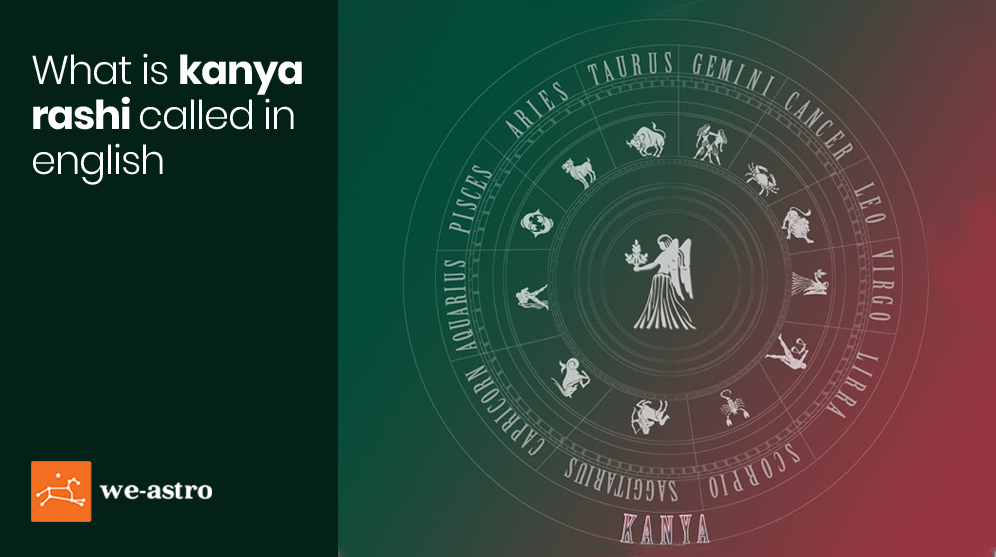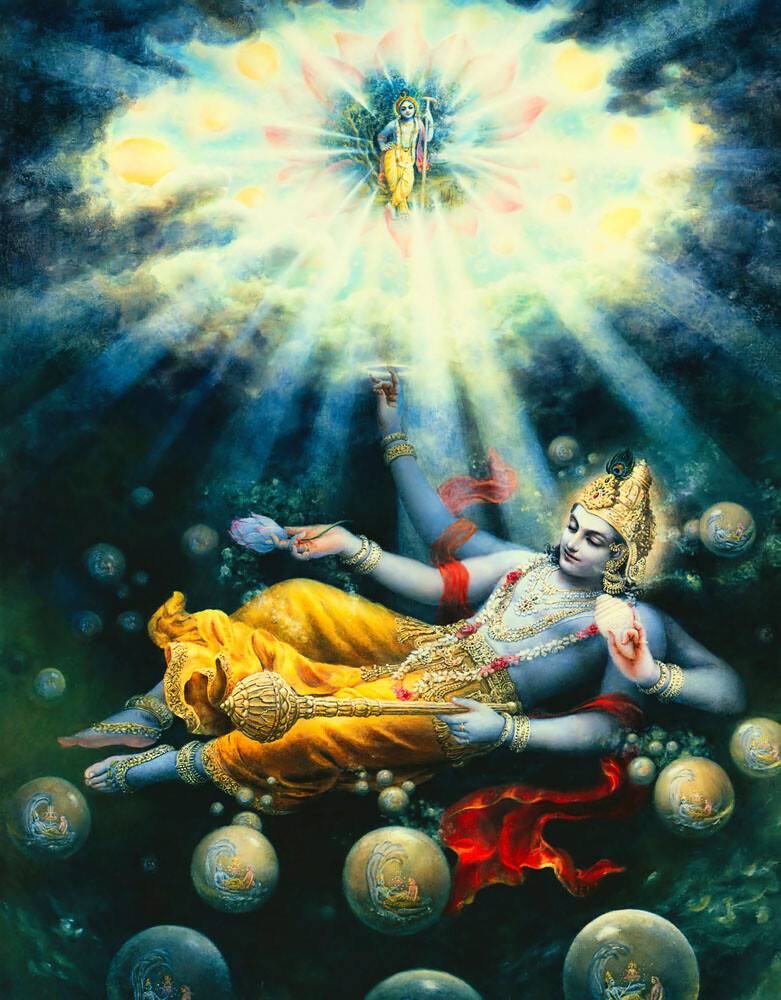Exploring Melmalayanur: A Spiritual Jaunt through the Heart of Hinduism
Discover Melmalayanur, a sacred spot in Hinduism known for the revered Angalamman Temple that embodies serenity, faith, and spirituality.

Melmalayanur, located in the Viluppuram district of Tamil Nadu, India, is an iconic place of spiritual significance in Hinduism. Known for its deeply rooted traditions and cultural ethos, this village is a beacon for devout followers seeking divine intervention and blessings.
The heart of Melmalayanur is marked by the presence of the renowned Angalamman Temple, dedicated to Goddess Parvati, the divine consort of Lord Shiva, in her incarnation as Angalamman. The temple is a symbol of the Mother Goddess's power, blessing all those who seek her guidance and protection. It draws devotees from far and wide, especially during the 'Amavasya' (New Moon day) and 'Pournami' (Full Moon day) when special rituals and ceremonies are performed. People believe that participating in these rituals rids their lives of evil energies and brings in prosperity and happiness.
The folklore associated with Melmalayanur is as captivating as its spiritual relevance. According to a popular legend, the Goddess appeared in this village to annihilate the demons tormenting the pious devotees. Therefore, the deity is often perceived as a destroyer of evil. Additionally, the Goddess is also known as 'Suyambu', which means 'Self-manifested' or 'Born of its own accord'. It is believed that the idol of the Goddess found in the temple is not man-made but appeared on its own.
Melmalayanur, thus, stands as a testament to the transformative power of faith and devotion in Hinduism. The amalgamation of spirituality, mythology, and tradition that this village offers is a unique experience. Whether you are a devout follower seeking divine blessings, or a curious soul intrigued by the cultural richness of Hinduism, Melmalayanur provides a spiritual journey that resonates deep within. It is a place where the ancient and the contemporary coexist, making it a fascinating study of the enduring relevance of faith in the modern world.




